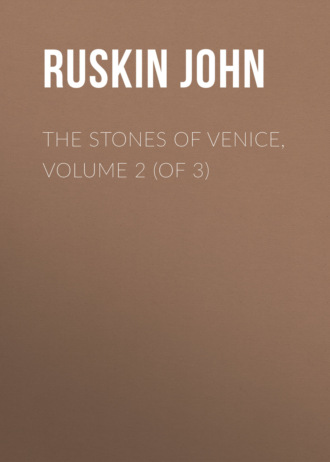The Stones of Venice, Volume 2 (of 3)
 полная версия
полная версияThe Stones of Venice, Volume 2 (of 3)
Жанр: культура и искусствозарубежная старинная литератураизобразительное искусстволитература 19 векаархитектуразарубежная литература о культуре и искусствехобби, досуг
Язык: Английский
Год издания: 2018
Добавлена:
Настройки чтения
Размер шрифта
Высота строк
Поля









